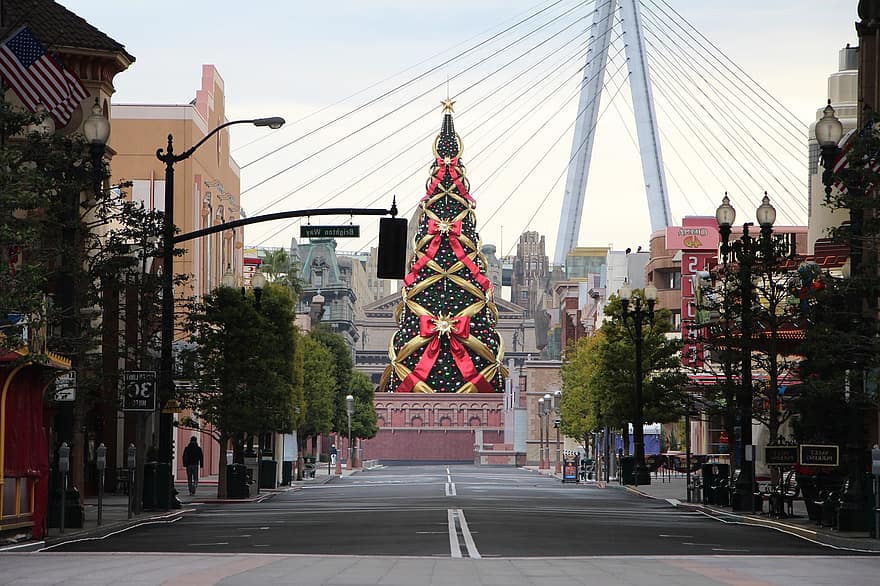
Traditional Japanese designs are not only visible on huge buildings, houses nor clothes, but also on food.
Amezaiku (ame, in Japanese, means “candy;” saiku, means “craftwork”) is a type of traditional Japanese crafts, wherein soft sugar is shaped into a desired form before it gets hard.
How is it made?
A candy mixture will first be cooked for approximately 4 to 5 hours. The candy mixture may depend on the artist but it usually consists of sugar, water, and starch so yes, it is completely edible.
A video featuring Naomi Yamaguchi, an Amezaiku artist.
The candy will, then, be softened by heating to around 90 degrees Celsius. It needs to be around this temperature for the candy to be malleable enough for shaping. It is very common for starting candy sculptors to burn their fingers until they mastered the craft.
Artists only have 5 minutes to do their design using their bare hands, tweezers and scissors for the candy hardens quickly.
Where did it come from?
The craft artistry originated in the 8th century but it was only during the Edo Period (17th to 19th centuries) that craftsmen performed their crafting skills on streets as a strategy for the candies to sell. It was then that these common people started to enjoy Amezaiku as a form of entertainment.
Is the art still alive in modern-day Japan?
The concept may not sound uncommon to some, but currently, there are only two shops of its kind in Tokyo. The technique has been passed down to generations but still, there are only less than 50 remaining Amezaiku artists in Japan.
On a brighter note, the traditional artistry of performing Amezaiku in public is still being practiced in the country. Contrary to traditional craftsmen, amezaiku artists actually perform in public because, just like how the history books tell us, the people still enjoy watching their orders being made, and considers it as a big part of their experience. Stalls in Japanese festivals offer this experience.
Ameshin: Your most artistic candy store
Shinri Tezuka, the 27-year-old candy master.
Luckily, you don't have to check your calendar and wait for the next Japanese festival. You can have a first hand experience at Ameshin.
Amezaiku Ameshin is owned by the 27-year-old Shinri Tezuka, one of the youngest craftsmen still practicing the art of amezaiku. Here, the self-taught Japanese artist does demonstrations on how the candies in his shop are done with precision and speed.
The shop is situated on the 4th floor of a large shopping complex called Tokyo Solamachi. Candies are for sale everyday, from 10:00-21:00. Demonstrations are scheduled so make sure to check their official website before you go.
The intricately made goldfish amezaiku, which costs 2980 yen, is the best-seller and the most requested design among the other ones such as the frog, cat, octopus, dog, eagle, panda, fish, rabbit and many more.
If you're more of a do-it-yourself kind of person, and wants to try learning all about the traditional artistry rather than watch it be done by someone else, then Asakusa is the place you must go to. The head office in Asakusa is where Ameshin is holding their workshops everyday, from 11:00-18:00. Shinri Tezuka conducts these hands-on classes to inspire the next generation to keep the tradition alive.
Banner photo by Umioso, from Wikimedia Commons.





